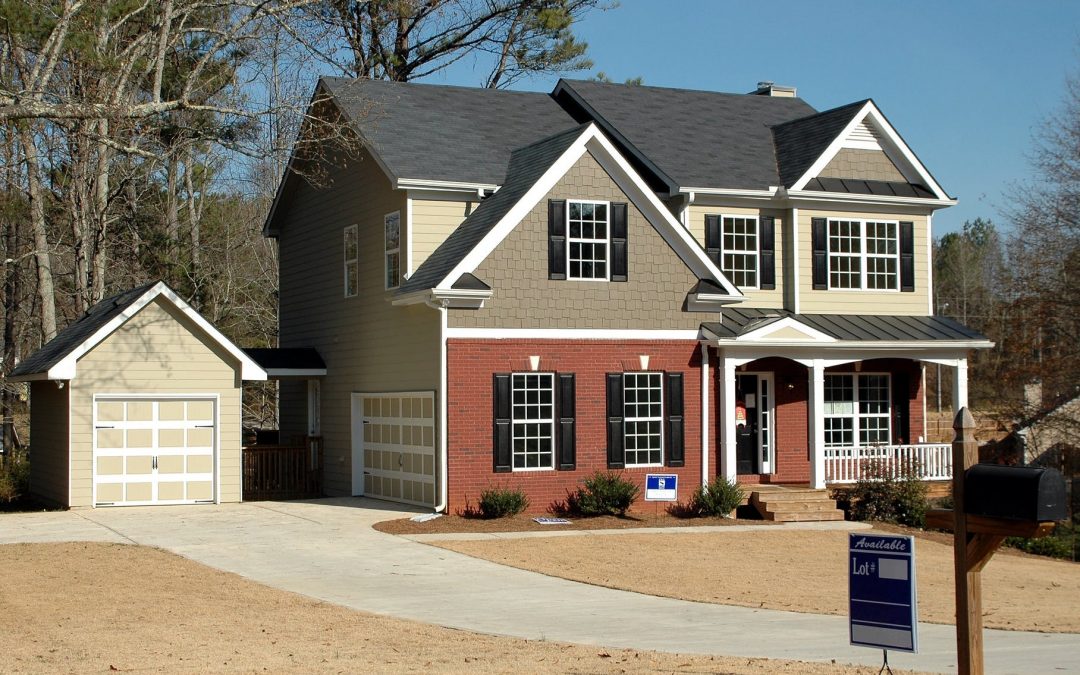Remember the 90s? A great time to buy stock in flannel, but not such a great time to buy real estate.
A real estate investor in 1990s Hamilton wouldn’t even recognize the city today. Back then it was all about the long game: Buy a property – rent it out for 15 years – sell it and hope for the best.
Back then, investing in real estate was all about cash-flow. Do the rents cover the carrying cost of the property? Great! Sit on that property for 15 years and know that the return on your initial investment is assured by the demand for rental units. Whether or not the property grows in value depends on how high the rents are. Worst case, the tenants paid off your mortgage.
From 2000 to 2010, the market started to change in Hamilton. GTA real estate was starting to heat up and we started to see Torontonians make their way to Hamilton for cheap rents. Ask anyone who bought real estate on James St N in that period of time and they’ll tell you that they had a sense things would go up, but not the way that it did.
The recession had the obvious slowing effect through the end of 2008 and 2009, but once we got into 2010, things in Hamilton really started cooking. A quick glance through the Real-estate Association of Hamilton-Burlington monthly reports from 2010 to present show steady growth month-after-month.
It was clear at that point that an investment in Hamilton real estate meant a MUCH greater return on your investment than your stocks and bonds. Put $50k into a rental property and then sell it two years later for an additional $100k. That’s an insane return.
We all know what happened next – rampant speculation began, accelerating the process such that buyers were bidding $100k over asking price! What a crazy time, especially for realtors who were putting in as many as 50 offers with each buyer.
It appears that the years of 20% annual growth are now over and it’s back to the way things were before the speculation began.
The trouble is that the cash-flow model for an investment property has been hit hard by the sharp increase in values.
With a higher initial investment in the property, rents need to go up as well to offset the higher carrying cost. Rents are rising, but some neighbourhoods have doubled or tripled in value in the last few years and the rents can’t keep pace with that kind of insane growth.
Higher assessed values across the board mean that property taxes are on the rise. In some cases, the cost of utilities has risen as well and landlords can be on the hook for that.
Financing for rentals has also become more expensive, with lenders charging as little as 0.25% more to as much as 1.25% more on their mortgage because it’s a rental property.
SO – the hopeful real estate investor finds themselves confused. What should they do?
Really, they should look back to the investor model of the 1990s.
Buy a property – rent it out for a long time – sell it and hope for the best.
The rents will naturally rise with the high demand for rental units and will match the cost to own these properties. In the meantime, investors need to look for as many opportunities to cut costs on their prospective purchase.
The first place to do that is on the mortgage. There are MANY lenders who deal with rental financing and they all treat their rental properties differently. If you go to your bank, you may be over-paying by as much as 1% on your mortgage for a rental property. That could be the difference between good cash-flow or bad.
It’s still possible to make a decent return on a real estate investment and with the uncertainty in other markets, it may be a good fit for some of our clients who are building towards retirement.
If you or someone you know are looking at investing in real estate, please give us a call! With over 25 years of financing experience under our belts, we have seen it all!
Written by: Steve McKay


